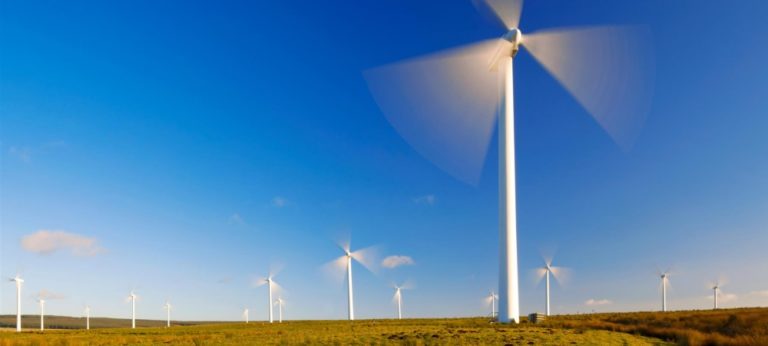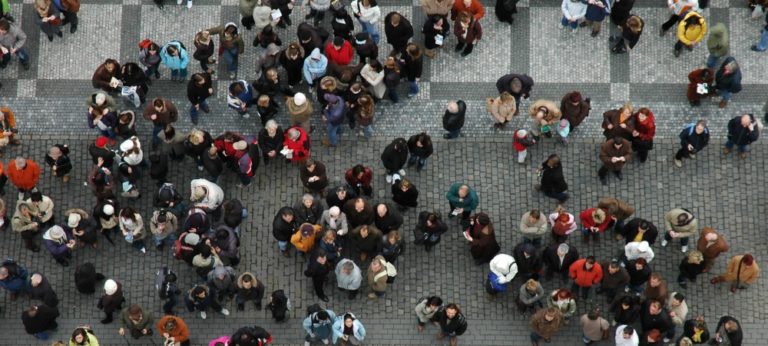
By Diane O’Connor
The goal is a global deal that reduces greenhouse gas emissions and limits global warming to no more than 2 degrees Celsius of pre-industrial levels. To achieve this goal, emissions must be reduced by 40 to 70 percent by 2050 — on the way to zero carbon emissions by 2100. Can these lofty goals be achieved?
Xerox’s leadership believes the answer must by “yes,” and getting to “yes” is the focus of COP21, the United Nations climate change conference now underway in Paris that involves high-level negotiations among heads of state from around the world. These are the meetings that aim to steer us toward a future that saves us from a worst-case scenario.
We speak from our experiences. In 2002, we committed to cutting our greenhouse gas emissions by 10 percent by 2012. We met that target six years ahead of schedule. So we did the only logical thing: We increased the target to 25 percent. Our results? Better than expected, we reduced our greenhouse gas emissions by 42 percent.
That’s the equivalent of removing 43,750 passenger vehicles from the road. However ,the real upside was that our energy consumption fell by 31 percent. When we added it all up, we estimated our cost savings and cost avoidance was $19 million during that time period.
And we’re not finished. We set a new goal that commits us to reducing greenhouse gas emissions by an additional 20 percent by 2020. You can learn more about our pledge in our 2015 Global Citizenship Report.
Four Smarter Ways to be Greener
Achieving these goals and benefits didn’t happen automatically. Key to our success then (and going forward):
- Leadership from our most senior executives.
- Innovation.
- Empower our employees to find energy and emission reduction opportunities in their processes.
- Validation of environmental and economic solutions with quantitative data.
These “Smarter Ways to be Greener” apply to our own operations as well as our marketed solutions. Customers who use our managed print services reduce their energy usage and greenhouse gas emissions by an average of 10 percent. A few examples of how they achieve these savings:
- The Xerox Print Awareness Tool® provides end-users with graphical displays of their print usage as well as “eco-tips” that help them make choices that are more sustainable.
- When our customers choose to print, they can use more sustainable materials on printers that use our proprietary Emulsion Aggregation (EA) Toner. Because EA Toner has an ultra-low-melt threshold, it requires less electricity than conventional toner when it is fused to the paper during the printing process — which reduces emissions for our customers.
We’ve combined a number of transportation solutions to enhance urban mobility, improve traffic flow and decrease the time (and energy) people spend searching for parking places. Taken together, these solutions help drivers reduce fuel usage and improve air quality in their cities.
- “Cloud Park” uses cameras and computers to direct drivers to open parking spots.
- Merge® smart parking system uses occupancy data from meters and sensors to vary pricing, which improves availability of parking spots.
- Vehicle passenger detection facilitates wide use of HOV/HOT lanes.
The fate of the world requires everyone to incorporate thinking into action in order to turn the tide of global climate change. Every effort, no matter how small, when repeated hundreds of times, can help. Each of us, individuals, corporations and governments, plays a role in reducing the risks of global climate change.
Subscribe to this blog and receive email updates when we publish a new article.




[…] L’article original de Dianne P. O’Connor a été initialement publié sur le blog Simplify Work […]